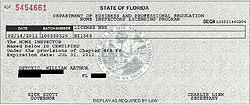
6 Most Common Commercial Roof Types
by Bill Ostoyic | Roof
The roof is the first line of defense in keeping moisture out of a building and the type of roof and roofing materials determine how long it will last.
Here in Florida, we have a humid subtropical climate with a lot of rain. Along with the rain, we also have blistering heat from the sun and very high winds from storms which take a toll on roofing.
The average roof in Florida lasts about 30% – 50% less than the same roofs in other parts of the country. For example, a 40-year shingle roof in Florida usually only lasts about 22 years.
The main culprit of the low roof life is the Ultra Violet rays from the sun and heavy winds.
Being a certified master inspector with over 18 years of inspections and specializing in roof systems, I have inspected multitudes of commercial roof types and know the issues each system has.
I will go through the different types of the typical issues I find. The most important part of any roof system is making sure the quality of construction of the installation is professional and correct. Many of the roofs I inspect have leaks due to poor workmanship. There are many different parts to a roof and any area that is lacking proper installation or improper repairs can allow for water intrusion through the roofing.
Each type of roofing system has its pros and cons and depending on the needs of the building and client, certain systems will do much better. If you are looking for a certified and experienced commercial roof inspector, we are here to help you any way we can.
Your Most Common Commercial Roofing Systems
-
Modified Bitumen (Torchdown)

The manufacturers of this roof system option have made it typically easy to install and less expensive than many of the other roof systems used by the manufacturer or roofing material. It is a system where each layer of asphalt in an asphalt rolls with granules as a top that is overlapped and heated so that the tar is melted and melts the layers together to get a waterproof seal. This is typically applied over underlayment with wood decking on a flat roof or a low sloped structure. Flat and low sloped roofs typically have issues with proper drainage.
For businesses and building owners on a budget, this is a very common roofing method for commercial buildings due to the benefits of having a cheaper price of the material and a relatively easy installation by the roofing contractor. As a business, most try to keep their costs at a minimum. Keep in mind, like anything cheaper, it has drawbacks that may make this choice of roofing less desirable.
Due to the weather conditions, many factors have adverse effects on these membranes. With the sunlight, ultraviolet rays and excessive heat and the amount of rain in Florida, the average life of this roofing membrane is only about 12 years.
The sun starts to dry out the roofing material with its exposure to high temperatures, causing cracking in the asphalt and separation in the seams.
Companies in the roofing industry apply many of these roofs and these roofs do have the ability to undergo a repair and extend their usefulness. That is one advantage of this roofing system.
A downside is that a contractor will not want to do a repair but a replacement. That is where knowledge and information from a 3rd party inspector who is an expert is of great use.
Contractors make their money on replacements and I have saved clients a lot of money explaining if it only needs a repair. Experts having the knowledge of knowing the difference between needing a roof repair by a company that offers roofing services, or a replacement by roofing contractors, is what a 3rd party inspector is for.
In order to make a decision to replace the roof membranes or just needing a repair could be the difference in multi thousands of dollars. Another drawback to this roofing, unlike sloped roofs, flat roofs are more susceptible to hail damage. With the surface being flat, there is no deflection of the hail but a solid hit upon the roof surface. The granular coating will be damaged just like a shingle on a roof. Other types of roof systems typically do better in harsh weather conditions. There are different kinds of roof coatings and roofing options that all have good and bad aspects. If you want a roofing system that aids in insulation, spray polyurethane foam would be a good choice in a hot environment. In an area like California where the climates are cool but dry but susceptible to fire, A slate roof or one with a higher fire/heat resistance may be a more optimal choice. To see more about other roof systems, keep reading.
-
Metal roofing

Metal roofing is one of the longest lasting lifespan of roofs that is used. Metal roofs will typically last 30–50 years. Metal roofs have a higher degree of reflection of the sun and typically add to the energy efficiency of the building they are installed on.
Metal roofs also come in a variety of colors which will add to the visibility of a building being noticed as some brands are familiar with the colors of the brand. These roof systems typically have a good wind rating against wind damage and do not require much maintenance. There are also different types of metal roofing to chose from. You either have a standing seam where the fasteners are covered and protected from the elements and then there are exposed fastener metal roofs. Some metal roofs have interlocking metal shingles and then there is a metal roof that resembles tile roofing for the tile appearance.
There are some negative issues with some metal roofs. If the roof panels are made from steel (which is the most common) they are susceptible to corrosion and rusting.
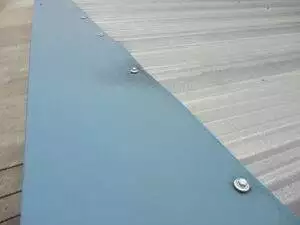
The panels can also be found in copper or aluminum, which are corrosion resistant. Metal roofs also typically carry a higher price due to material costs.
The exposed fastener metal roofs have more maintenance issues as the fasteners need to be resealed to prevent leaking after a number of years and also, due to vibration from wind and movement, fasteners are susceptible to backing out and allowing water intrusion through the screw hole. Like shingle or tile roofs, the metal tile and shingle roofs also require maintenance with caulking.
The UV rays from the sun dry out and crack the caulking and allow water intrusion over time.
-
EPDM – (Ethylene Propylene Diene Terpolymer)

EPDM is a rubber membrane that can be installed by mechanically fastening, or a liquid adhesive (glued). This roof type is typically cost-effective and also comes in white, which is more reflective and aids in energy efficiency against sun heat transfer. This type of roof is good on flat or low sloping roofs. These roofs have been known to last more than 20 years.
The downside to this type of roof is that it is prone to damage from puncturing. Wind blown debris or damage from people working on roof-based equipment can puncture the membrane and cause leaking.
-
TPO – Thermoplastic Polyolefin

Like the EPDM this is a single-ply roof system which can be mechanically attached, or liquid adhesive attached, but the seams should be heat sealed to seal the seams. The TPO is white, so it helps with energy efficiency with sun reflection and stands up well to impacts and punctures. The material is also cost-effective. Like the EPDM if it is installed with mechanical fasteners and the fasteners are not properly installed, the fasteners can damage the TPO and cause leaks.
In terms of durability, TPO outperforms EPDM with its superior puncture resistance. Moreover, the seam strength of TPO is nearly four times stronger compared to EPDM’s adhered or taped seams.
-
Asphalt Shingles
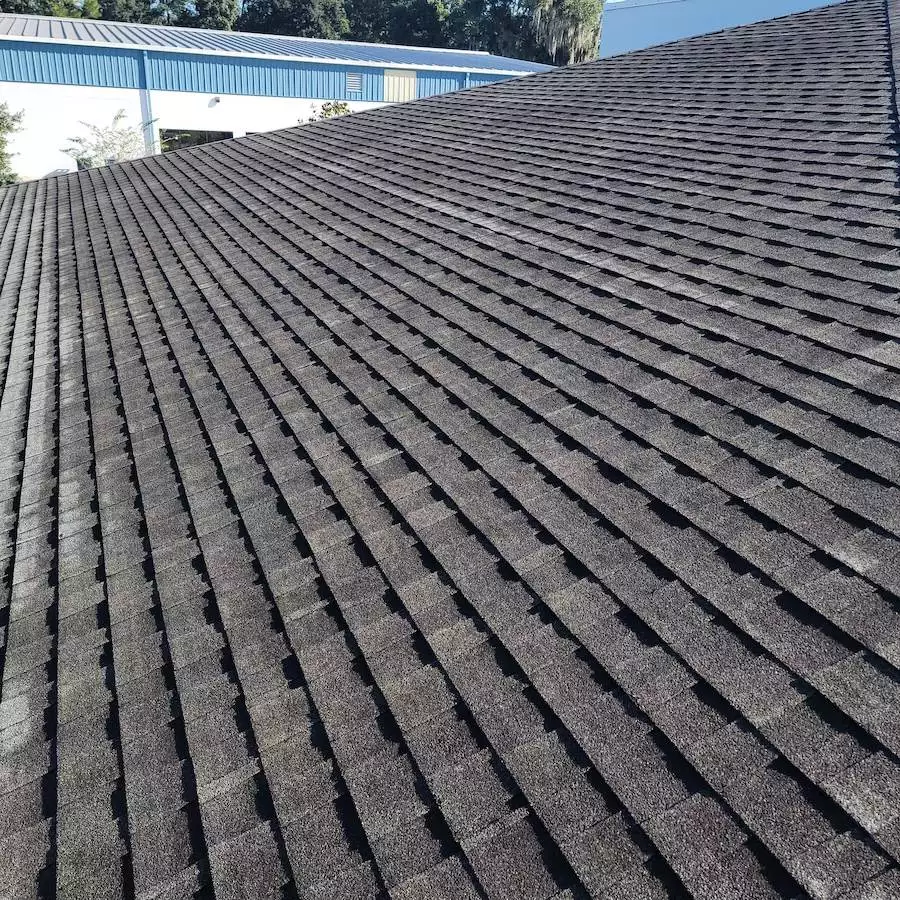
Shingles are popular with sloped roofs. The roofing has been around for a long time and is fairly easy to install. Shingles are also cost-effective and quality shingles will last 17–25 years in Florida. The bad side of shingles is typically poor installation and high winds.
After about 15 years, shingles start losing granules and become brittle and start to lose their adhesion to other shingles, which will cause lifting. Once this starts, high winds have the ability to damage shingles or blow them off the roof.
-
Built-up Roofs or BURs (Tar and Gravel)

Built-up roofs are a layered roof of moisture barrier, tar that is poured over the barrier and then gravel added to deflect ultraviolet rays from the sun. Done correctly, these roofs have durability and can last over 30 years. They are seamless and waterproof.
Problems with these roofs are that without proper gravel coverage, the tar is prone to cracking, causing leaks. Roofs that are not sloped are prone to water ponding which will seep into any access into a built-up roof, so it is imperative to have complete tar coverage over the roof.
Water getting under the tar will cause steaming and cause the tar to blister, creating holes in the tar and allowing for water intrusion.
These are not all the roofing types used on commercial properties here in Florida, but they are the most common options that I run across on a daily basis.
Tile roofs are popular here also, but not on commercial properties because of the cost, so they were not included in this post.
There are many companies in Florida that do roof repairs. Many of the repairs that I see are improperly done and are short-lived before the roof begins to leak again. Make sure anyone working on your roof or installing your roof has the proper experience and knowledge of the kind of roof system that you have or are installing. A properly installed roof will save you a lot of headaches and money in the long run.
As you can see, whether it’s Modified Bitumen, Metal, EPDM, TPO, Asphalt Shingles, or Built-up Roofs, each has its unique advantages and challenges.
The key to maximizing the lifespan and efficiency of your commercial roof lies in professional installation and maintenance. Don’t let your property fall prey to the harsh Florida weather and subpar repairs. For expert guidance and thorough inspections, trust a proven professional.
Call us now for your commercial roof inspection in Central Florida. Ensure the longevity and integrity of your roof with our expertise. Don’t wait until it’s too late – safeguard your investment today!

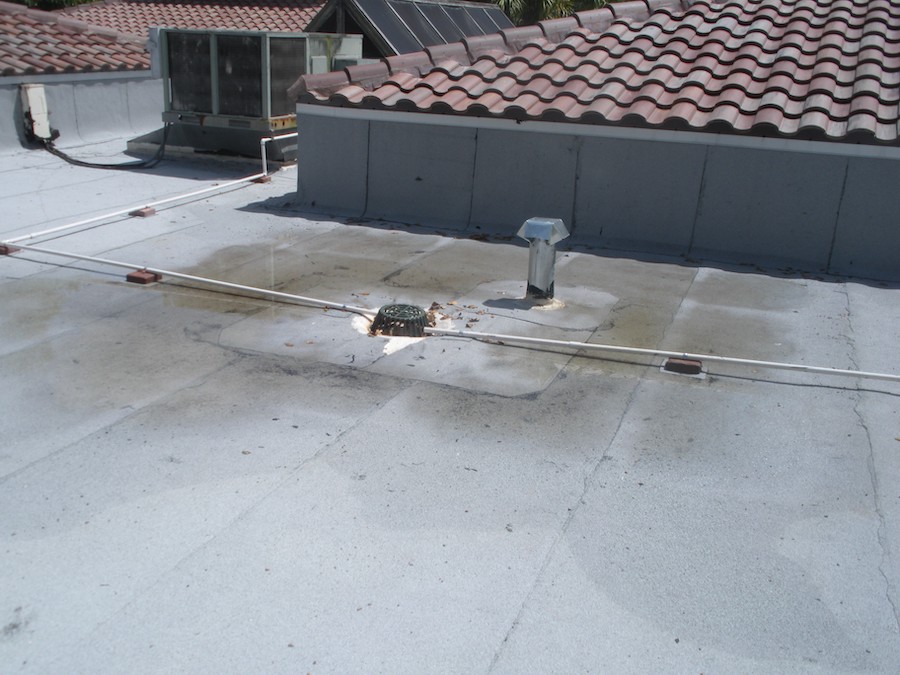


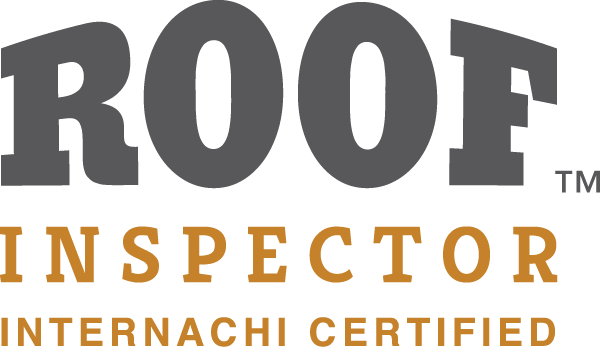

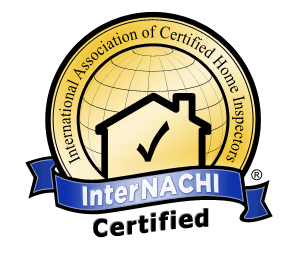
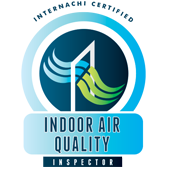

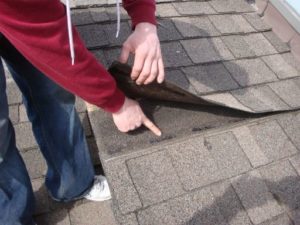 There is a laundry list of issues that could arise should you neglect the health of your roof. For instance, mold, decay, and a wet, weakened roof are all symptoms of a failing roof that could have adverse effects on the homeowner. These same issues can also arise for
There is a laundry list of issues that could arise should you neglect the health of your roof. For instance, mold, decay, and a wet, weakened roof are all symptoms of a failing roof that could have adverse effects on the homeowner. These same issues can also arise for 



